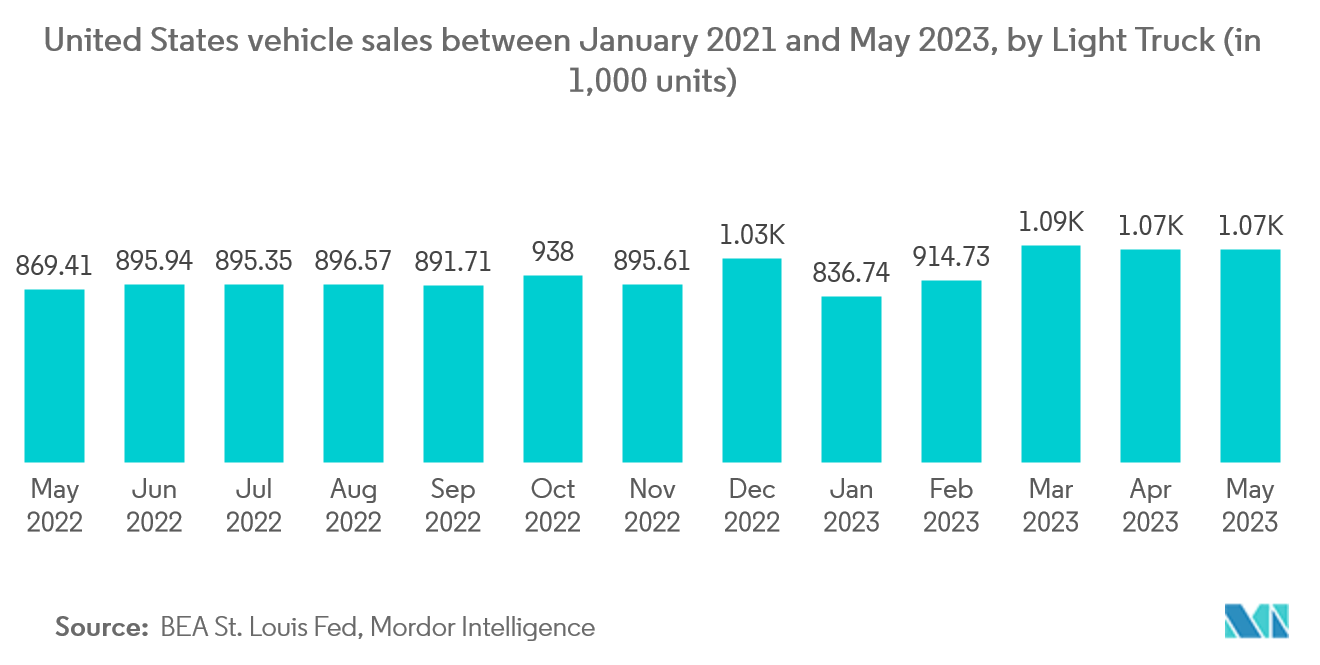Market Trends of Automotive Electronic Logging Device Industry
Government Regulations is Driving the Telematics Units Growth
- Government regulations play a significant role in driving the growth of the automotive electronic logging device (ELD) market. Several countries and regions have implemented regulations mandating the use of ELDs in commercial vehicles to enhance road safety, improve compliance with hours-of-service (HOS) regulations, and ensure accurate recording of driving hours. The key factors illustrating how government regulations drive market growth are as follows:
- Government regulations, such as the US Federal Motor Carrier Safety Administration's (FMCSA) ELD mandate, require commercial vehicle operators to use ELDs to accurately record and track driving hours. ELDs help ensure that drivers comply with HOS regulations, which limit the maximum driving time and require specific rest periods. These regulations are aimed at reducing driver fatigue and improving overall road safety.
- Many countries have transitioned from paper-based logbooks to ELDs as a means of reducing fraudulent practices and improving the accuracy of recording driver hours. ELDs provide an electronic record of driving hours, eliminating the potential for manual errors, falsification, and manipulation of logbooks. By implementing ELD regulations, governments aim to enhance transparency and integrity in driver-hour records.
- Fatigue-related accidents and incidents caused by drivers exceeding legal driving limits have been a concern for road safety. By mandating the use of ELDs, governments seek to mitigate these risks by ensuring that drivers take adequate rest periods and adhere to HOS regulations. ELDs monitor and record driving hours, helping to prevent excessive fatigue and promoting safer driving practices.
- ELDs facilitate easier and more efficient enforcement and inspections by providing electronic records of driving hours. Authorities can access these records remotely, reducing the need for physical inspections and enabling more targeted enforcement efforts. ELDs simplify the process of verifying compliance, allowing regulatory bodies to allocate their resources more effectively.
- Government regulations often outline specific requirements and standards for ELDs, ensuring consistency and accuracy in data recording and reporting. Standardization helps ensure that ELDs function reliably and consistently across different vehicle types and manufacturers, fostering interoperability and data integrity.
- The implementation of ELD regulations also aligns with international efforts to harmonize regulations and standards for commercial vehicle operations. Regulatory bodies work together to establish consistent rules and requirements, promoting global road safety and facilitating cross-border operations.
- These government regulations create a favorable environment for the adoption of ELDs and drive market growth by creating a strong demand for compliant devices and related services. They not only enhance road safety but also streamline operations, improve compliance, and provide data-driven insights for fleet management.

North America is Projected to witness the highest growth in the Market
- North America has been a significant market for the automotive electronic logging device (ELD) market, particularly due to the implementation of regulations such as the U.S. Federal Motor Carrier Safety Administration (FMCSA) ELD mandate. This mandate, which required the use of ELDs in most commercial vehicles, has driven the adoption of ELDs in the region.
- Additionally, North America has a well-developed transportation and logistics industry, which contributes to the demand for ELDs. The region has a large number of commercial vehicles on its roads, including long-haul trucks and delivery vehicles. The need to ensure compliance with HOS regulations, improve fleet management, and enhance road safety has fueled the growth of the ELD market in North America. For instance,
- The United States is the world's largest market for commercial vehicles, with sales amounting to over 11 million units in 2022. Furthermore, technological advancements and the availability of robust ELD solutions in North America have contributed to market growth. The region has seen the emergence of various ELD providers offering comprehensive solutions that go beyond compliance, such as fleet management and telematics capabilities. This has led to increased adoption by fleet operators and logistics companies looking to optimize their operations.
- However, it's important to note that market dynamics can change over time, and future projections may depend on various factors, including regulatory developments, industry trends, and technological advancements. For the most accurate and up-to-date information, it is recommended to consult market research reports and industry analyses specific to the automotive ELD market.

